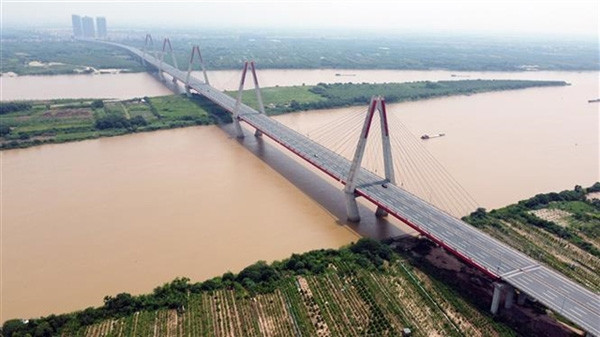
The borrowed money will come from government bonds, official development assistance (ODA) loans, preferential loans and other sources.
It will cover the Central budget deficits of around VND1.3 quadrillion, repay about VND612 trillion of government debt, and allocate approximately VND117 trillion of ODA loans to localities and public units.
The Government will need to take out a loan of nearly VND674 trillion in the 2022 fiscal year to cover the Central Budget deficit of VND450 trillion, repay VND196 trillion of government debt, and allocate VND27 trillion of ODA loans.
As State Budget deficits are expected to increase by VND240 trillion in 2022 and 2023 to support socio-economic recovery, Vietnam’s public debt is forecast to hit 46-47 per cent of GDP in 2024, and the ratio of government debt to be no more than 24 to 25 per cent of State revenue.
Recently, central banks worldwide have raised interest rates and implemented contractionary monetary policies. Notably, the US Federal Reserve has decided to hike its rates for the first time since 2018.
Economic expert Can Van Luc was concerned that the moves would have a noticeable impact on the Vietnamese economy from Q4/2022 and create upward pressure on USD/VND exchange rates, increasing the debt burden denominated in USD.
Accordingly, he urged the Government to keep a close watch on external debts every time the US Federal Reserve adjusted its rates up and called on the State Bank of Vietnam to proactively and flexibly manage the foreign exchange market to keep inflation and exchange rates stable.
Source: Vietnam News